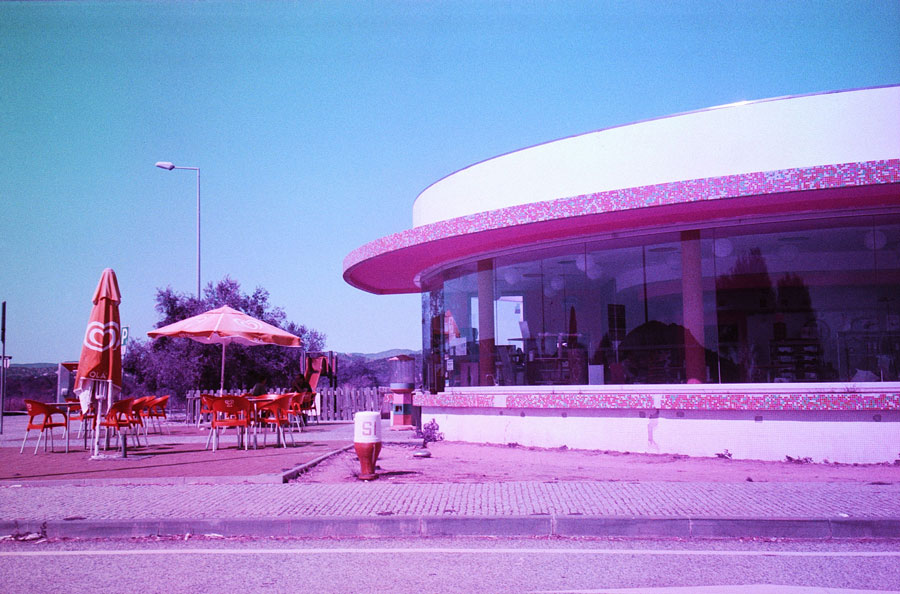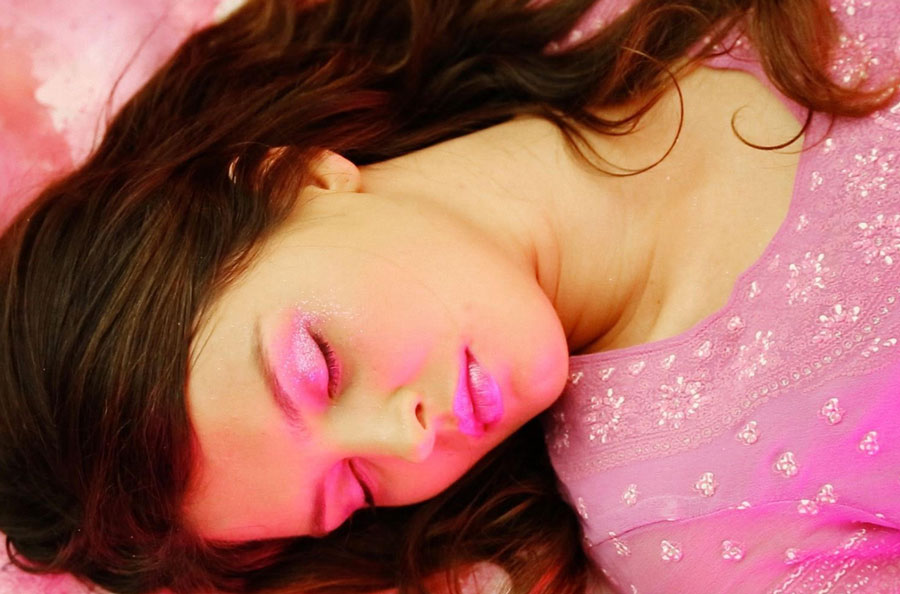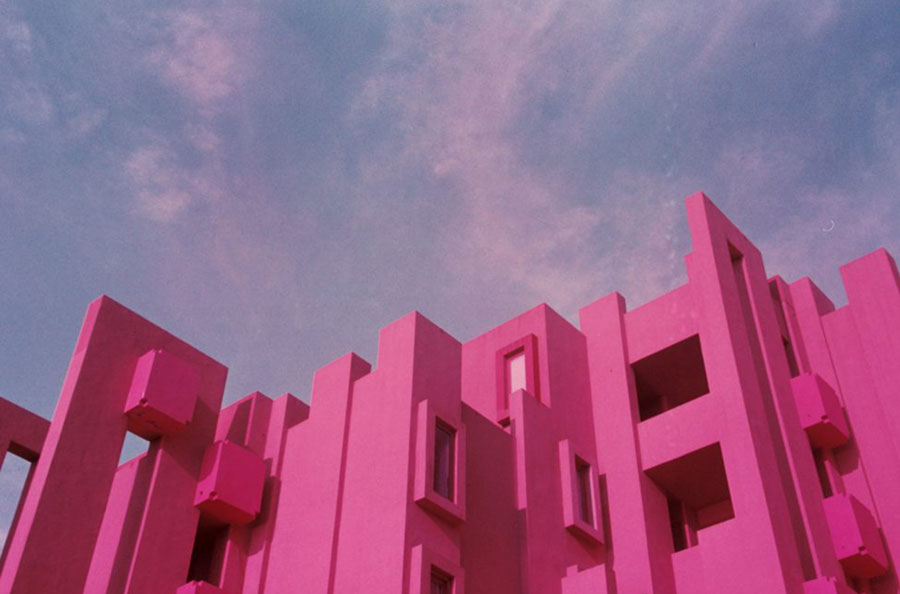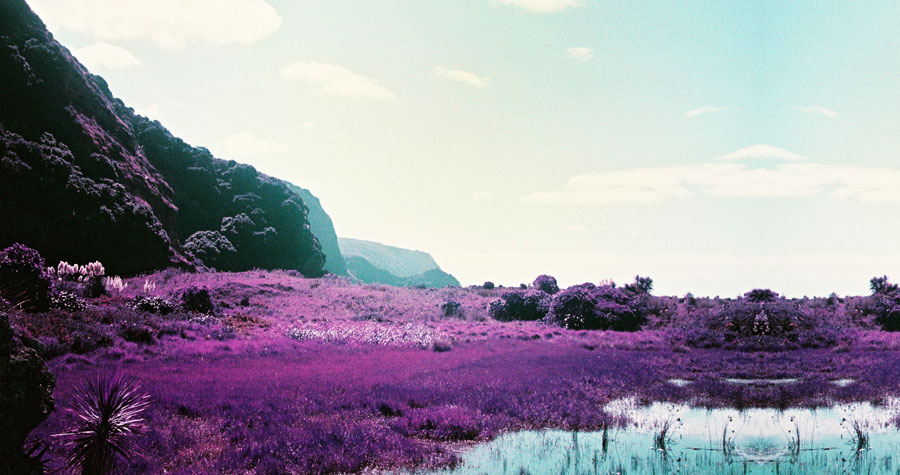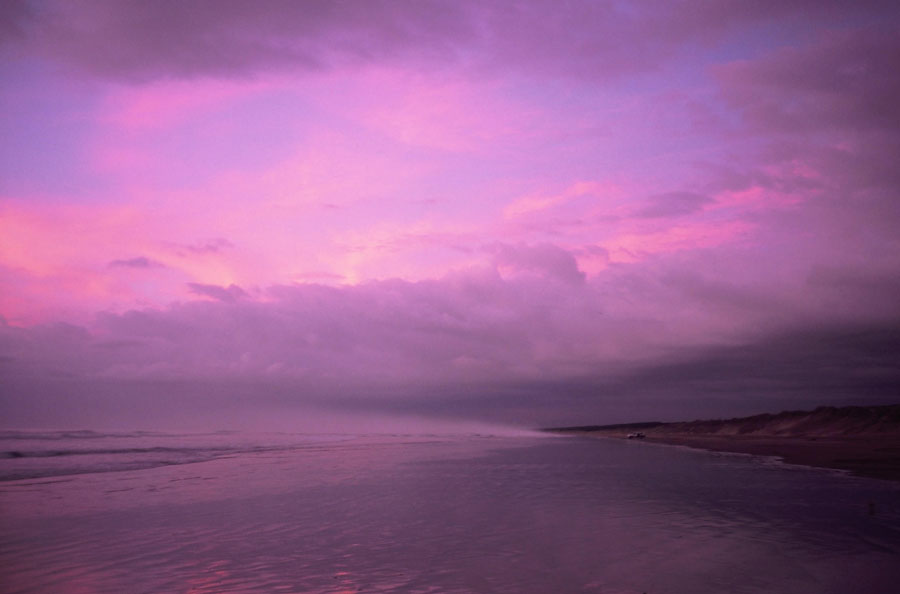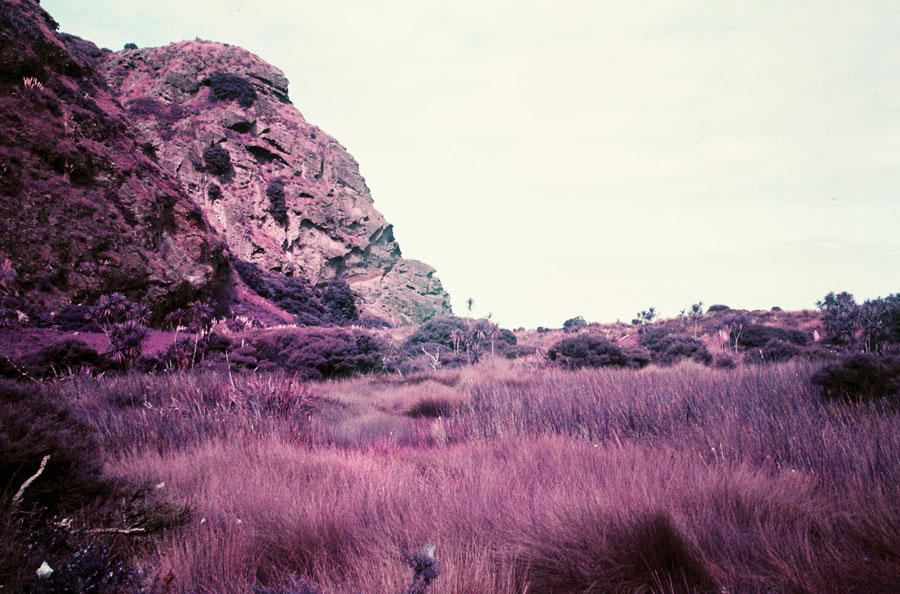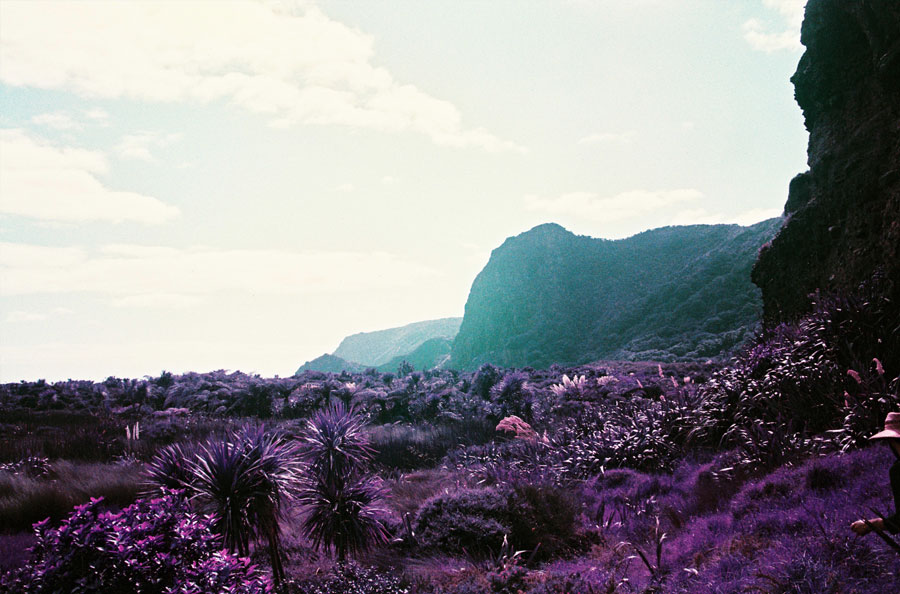Artist Profile: Zammia Weatherall
Written by Joel Thomas for Art Ache
Late Night Art, Artweek, Heart Of The City, Oct 9 2018.
Graduating from AUT with a Bachelors in Spatial Design, Zammia Weatherall applies her skills broadly. She’s worked on construction sites, on film sets, designing spaces for events and in art shows, collaborating with the likes of Hye Rim Lee and Paris Kirby.
Her skill set is broad and ever-present. “I interrogate public spaces constantly,” Zammia tells me. “In urban environments, we’re constantly ahead of ourselves or we’re on our phones, we’re not really in the present reality most of the time, and it affects us mentally. Our attention spans.”
This is something that Zammia is always aware of, and constantly trying to fight. She does this through the concept of heterotopias. A heterotopia is a term used to describe spaces, often meaning ‘another utopia.’ A space that is utopic in the way that it seems to sit separate from the world, one where the rules we’re used to existing by are altered, more relaxed. Some examples of this are gardens, festivals, and cinemas. In her work, Zammia creates heterotopic spaces using light, sound, spatial design. She also captures them with photography.
Zammia takes photos of buildings, nature, whatever spaces she can find that seem heterotopic. The experimental filmstock she uses adds to this feeling of otherworldliness. Not only does the grainy filmic nostalgia add a dreamy layer to the images, the filmstock also plays with colours, making them pinker, more vivid. “Poppy” is the term she uses to describe her work. When I ask her to explain the term ‘poppy’, she tells me it, “represents colour, fun, something that’s going to stand out and take your attention. You’re not going to ignore it. You’re not going to just walk past it. It’s noticeable.”
I ask why it’s important for her work to be poppy.
“Because, it needs to make you stop and be current and present in the space, and not be where you need to be in fifteen minutes, and not be where you were fifteen minutes ago. You need to be fully present.”
This is important in a heterotopic space. You’re not going there to stress out, it’s not a hallway or a street for you to simply move through, you’re there to experience the space and what it has to offer. It’s a break from the real world, a space where you can “just be.”
The colour pink is also important in Zammia’s work. Not only does it help build spaces into more of a dreamspace, it also has a deep mental effect on our bodies and how we feel in the space. “The colour pink is known to lower your heart rate and physically weaken you, to slow your breathing. They’ve used it in prisons…”
- Zammia Weatherall’s contributing Artwork for Art Ache – to the theme of Utopia
The colour tones of Zammia’s work also come with an assertion of femininity. She’s making us question the default of masculinity in spaces. “I feel like a lot of the time gender neutral was actually based on the masculine,” and this is important as we need to grow up with access to diversity, not just in the content we consume, but in the spaces we live in. I know I would feel a lot more comfortable in my own skin if I had more access to feminine spaces as I was growing up if I was told that masculinity is not the default.
“I think little spacial breaks are important. It’s like having a cup of tea, you know, you need to step back and have a moment every now and then. For some people, it’s having a cigarette, but we can do that spatially.” We all need breaks, but we don’t always want to break in spaces we can’t identify with.
Collaboration is important for Weatherall. She works with artists, employers, builders, designers, etc. “More brains are better than less brains,” she says. It can be argued that this collaboration even extends to her photography where Weatherall captures spaces, and therefore is collaborating with the creators of those spaces. The builders, the architects, the painters, they all contribute to the vision. “Sometimes, it’s collaborating with mother nature,” Weatherall says.
Zammia Weatherall is showing us real, tangible spaces where we can exist uninhibited. Heterotopias, made by teams of people working together.
–
Written by Joel Thomas for Art Ache, 26th July 2018.
Event Press Release.
Art Ache Collection Artwork.
Further reading: Artists website | Instagram.
–
Not in Auckland or can’t make the event? DONT WORRY! We’ve got you sorted :-). You can still support (and donate to) the artist and Art Ache by purchasing one of the Art Ache Collect archival prints from our shop. These artworks are limited and have been created specifically for this particular Art Ache event, with the utopian theme in mind.
